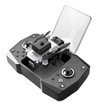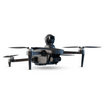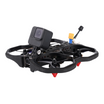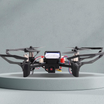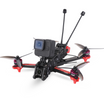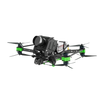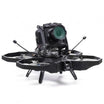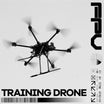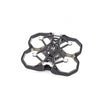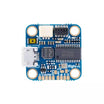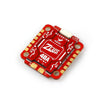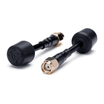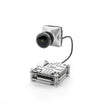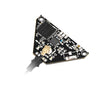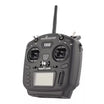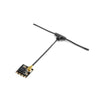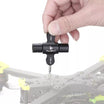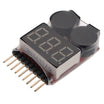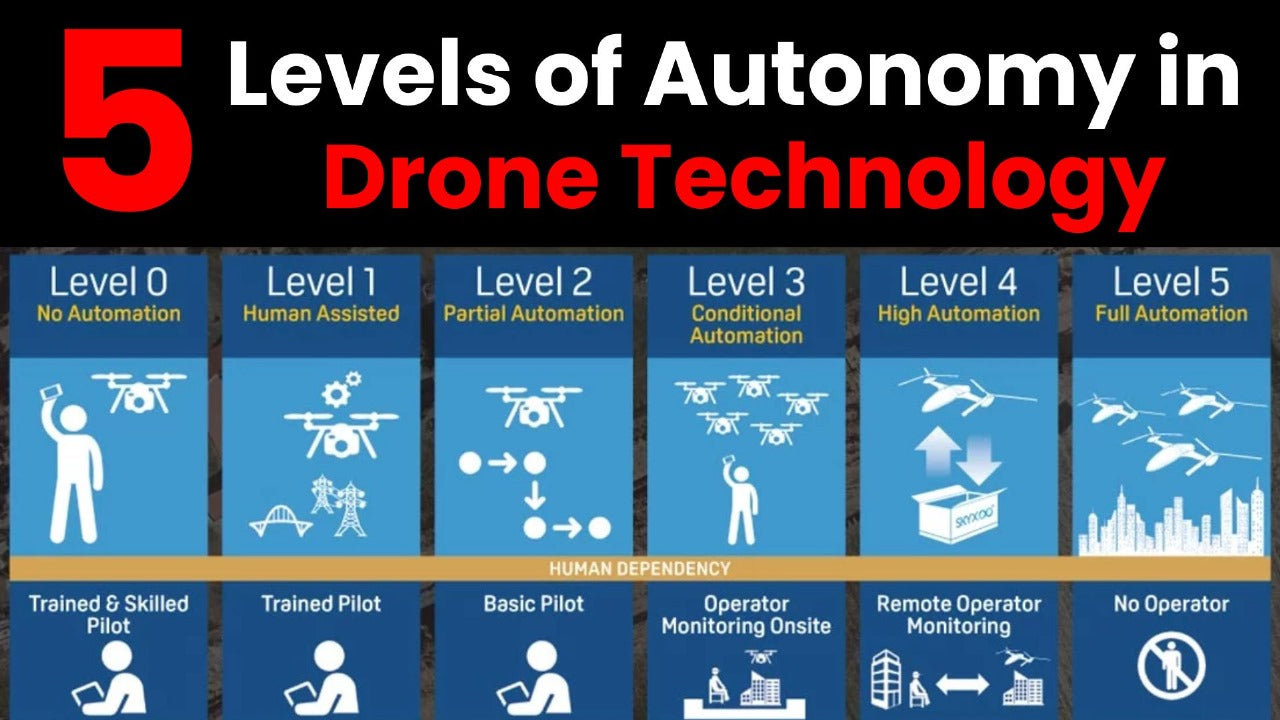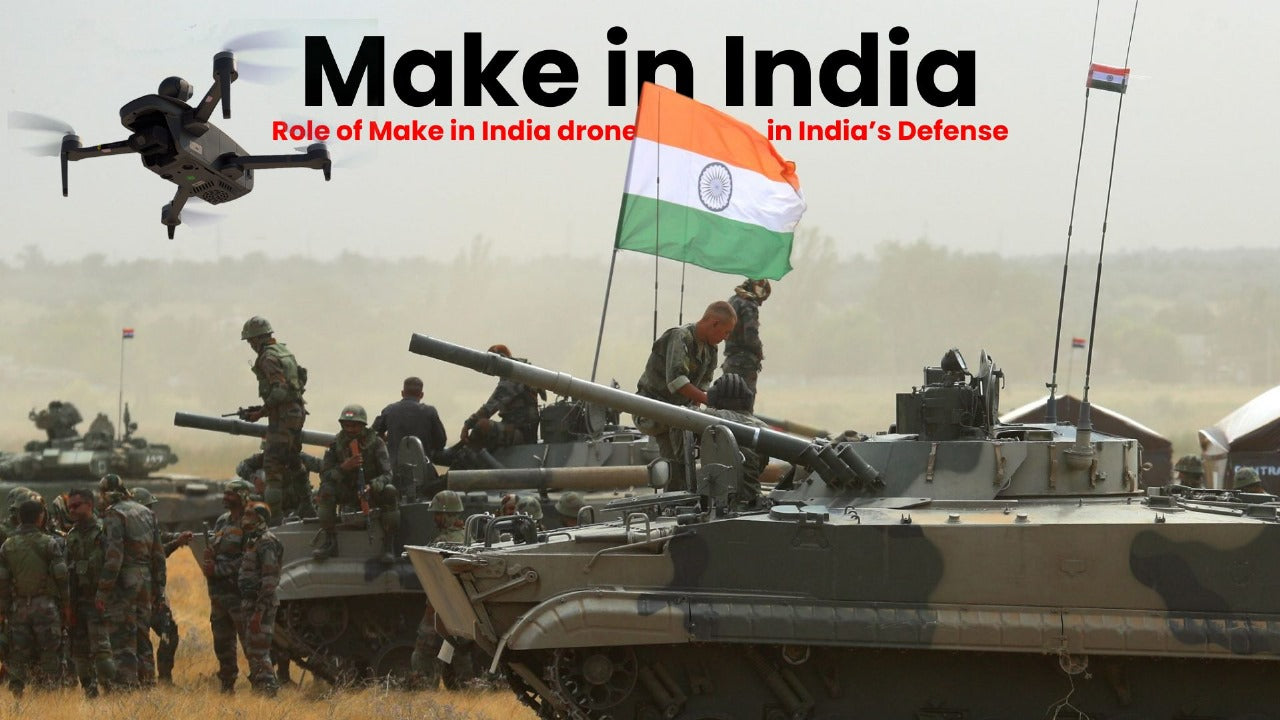Introduction:
Drones, or unmanned aerial vehicles (UAVs), have revolutionised various industries, from aerial photography and videography to agriculture, construction, and even search and rescue operations. As this technology continues to evolve, one question that often arises is: Can a drone fly on its own? The answer lies in understanding the different levels of autonomy in drone technology.
Autonomy in drones refers to the ability of these aerial vehicles to operate independently, without direct human control or intervention. It encompasses various capabilities, such as navigation, decision-making, obstacle avoidance, and task execution. The level of autonomy in a drone directly impacts its functionality, efficiency, and potential applications.
Levels of Autonomy in Drone Technology:
The levels of autonomy in drone technology are typically categorised into five distinct levels, each representing a progressive increase in the drone's ability to operate independently.
Level 1: Remote Pilot Control
At the most basic level, drones operate under direct human control through a remote pilot or ground control station. The pilot has complete control over the drone's movements, including takeoff, landing, and navigation. This level of autonomy is suitable for recreational or manual inspection tasks where the drone is essentially an extension of the pilot's control.
Level 2: Automated Flight Control
Drones at this level have the ability to maintain stable flight and navigate autonomously along pre-programmed waypoints or routes. While the pilot still initiates the flight and can intervene if necessary, the drone can follow a predefined path and perform basic manoeuvres without continuous human input. This level of autonomy is commonly used in aerial surveying, mapping, and some agricultural applications.
Level 3: Reactive Autonomy
At this level, drones can perceive their environment and react to changes or obstacles in real-time. They are equipped with sensors and algorithms that enable them to detect and avoid obstacles, adjust their flight paths, and make simple decisions based on their surroundings. This level of autonomy is essential for tasks like inspecting complex structures or operating in cluttered environments.
Level 4: Cognitive Autonomy
Drones with cognitive autonomy possess advanced capabilities for decision-making, task planning, and execution. They can analyse their environment, interpret data, and make informed decisions based on predefined rules or machine learning algorithms. These drones can adapt to changing conditions, identify and prioritise tasks, and execute complex missions with minimal human intervention.
Level 5: Fully Autonomous
The highest level of autonomy involves drones that can operate entirely independently, without any human supervision or control. These drones are equipped with artificial intelligence (AI) systems that enable them to learn, reason, and make decisions in dynamic and unpredictable environments. They can plan and execute missions, adapt to changing circumstances, and even collaborate with other autonomous systems to achieve complex objectives.
insideFPV's Groundbreaking Achievement: Attaining Level 5 Autonomy
While the pursuit of fully autonomous drones has been a long-standing goal for researchers and engineers, few companies have achieved the level of success that insideFPV has attained. Through relentless research and development efforts, insideFPV's team of experts has overcome numerous challenges and pushed the boundaries of drone technology.
Their groundbreaking achievement lies in the development of a drone system that exhibits Level 5 autonomy – an achievement that has long been considered the pinnacle of drone autonomy. A level 5 autonomous drone has the ability to function with zero human intervention as they are built on highly optimised AI and algorithms. This level of automation is quite rare, and only a handful of drone manufacturers across the world possess the means and technology to develop such drones. By integrating artificial intelligence algorithms, advanced sensor fusion techniques, and robust decision-making capabilities, insideFPV has created a drone that can operate entirely independently in complex and dynamic environments.
One of the key enablers of this achievement is insideFPV's proprietary AI system, which combines machine learning, computer vision, and natural language processing capabilities. This system allows the drone to perceive and interpret its surroundings, identify and prioritise tasks, and make informed decisions based on a comprehensive understanding of its environment.
Furthermore, insideFPV's drones are equipped with advanced sensors, including high-resolution cameras, LiDAR (Light Detection and Ranging) systems, and various other specialised sensors, enabling them to gather detailed environmental data and build accurate 3D maps of their surroundings.
The combination of these advanced AI systems and sensor technologies allows insideFPV's drones to navigate complex environments autonomously, avoid obstacles, and execute tasks with precision and efficiency. They can adapt to changing conditions, learn from experience, and even collaborate with other autonomous systems to achieve complex objectives.
Applications and Potential Impact:
The achievement of Level 5 autonomy in drone technology opens up a world of possibilities and has the potential to revolutionise various industries and applications.
Search and Rescue Operations:
Fully autonomous drones can be deployed in disaster areas or remote locations to assist in search and rescue efforts. They can navigate through challenging terrain, identify potential victims, and provide critical information to rescue teams, potentially saving lives.
Environmental Monitoring:
Autonomous drones can be used for long-term monitoring of ecosystems, tracking wildlife movements, and detecting environmental changes or threats, such as wildfires or oil spills, enabling timely and effective responses.
Infrastructure Inspection:
Fully autonomous drones can inspect and assess the condition of critical infrastructure, such as bridges, power lines, and pipelines, with minimal human intervention. This can improve safety, reduce costs, and ensure timely maintenance and repairs.
Logistics and Delivery:
Autonomous drones can revolutionise the logistics and delivery industry by enabling efficient and cost-effective transportation of goods, particularly in remote or hard-to-reach areas.
Agriculture and Precision Farming:
Autonomous drones can be used for precision farming techniques, such as crop monitoring, targeted spraying, and soil analysis, improving yield and reducing environmental impact.
Military and Security Applications:
Fully autonomous drones can be deployed for surveillance, reconnaissance, and even combat operations, enhancing situational awareness and reducing risks to human personnel.
The Path Forward:
While insideFPV's achievement in attaining Level 5 autonomy is a significant milestone, it is important to recognize that the journey towards fully autonomous drones is an ongoing process. Challenges related to regulatory frameworks, public acceptance, and ethical considerations must be addressed to ensure the safe and responsible deployment of these advanced systems.
Collaboration between industry leaders, research institutions, and regulatory bodies is crucial to establish standards, guidelines, and best practices for the development and operation of fully autonomous drones. Additionally, ongoing research and development efforts are necessary to further enhance the capabilities, reliability, and safety of these systems.
Conclusion:
The quest for autonomous drones has been a driving force in the industry, and insideFPV's achievement in attaining Level 5 autonomy represents a significant milestone in this journey. By combining Artificial Intelligence, advanced sensor technologies, and robust decision-making capabilities, insideFPV has demonstrated the feasibility of fully autonomous drone operations.
This groundbreaking achievement has the potential to revolutionise various industries and applications, from search and rescue operations to environmental monitoring, infrastructure inspection, and logistics. As the industry continues to evolve, insideFPV's pioneering work in autonomous drone technology paves the way for a future where drones can operate independently, efficiently, and safely, delivering solutions to complex challenges and pushing the boundaries of what is possible in the realm of unmanned aerial systems.
FAQs
What is autonomy in drones?
Autonomy in drones refers to their ability to operate independently without direct human control. It includes capabilities like navigation, obstacle avoidance, decision-making, and task execution
.
How are the levels of autonomy in drone technology categorised?
The levels of autonomy in drone technology are typically categorised into five distinct levels: Remote Pilot Control (Level 1), Automated Flight Control (Level 2), Reactive Autonomy (Level 3), Cognitive Autonomy (Level 4), and Fully Autonomous (Level 5)
What is Level 5 autonomy in drones?
Level 5 autonomy in drones represents the highest level of autonomy where drones can operate entirely independently without any human supervision. They are equipped with advanced artificial intelligence systems that enable them to learn, reason, and make decisions in dynamic environments
What are the potential applications of fully autonomous drones?
Fully autonomous drones have the potential to revolutionise various industries and applications, including search and rescue operations, environmental monitoring, infrastructure inspection, logistics and delivery, agriculture, military, and security applications

